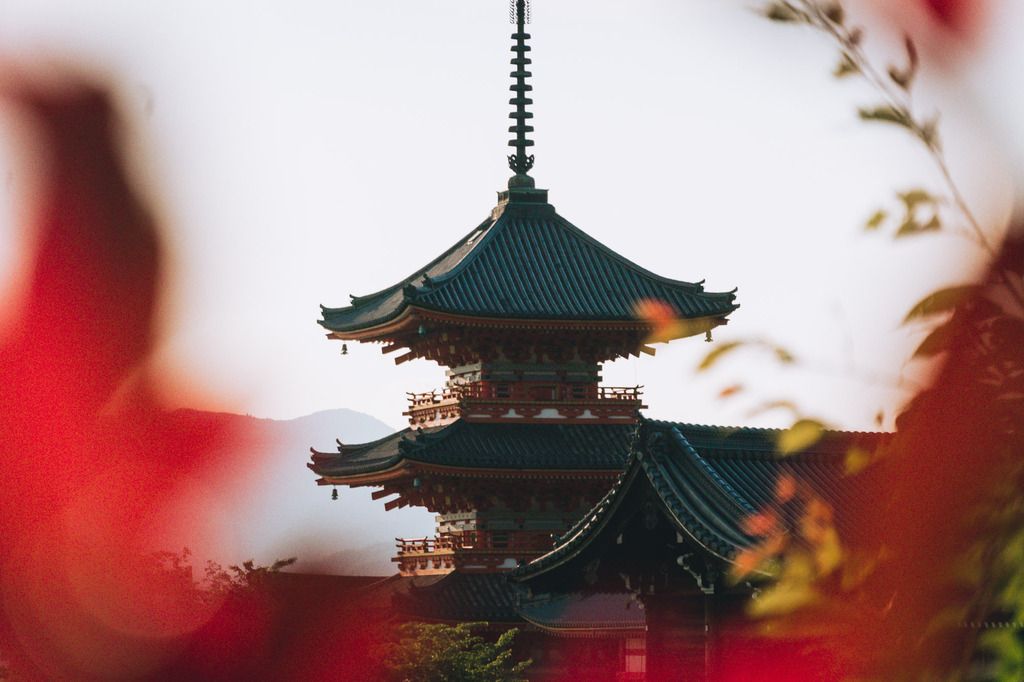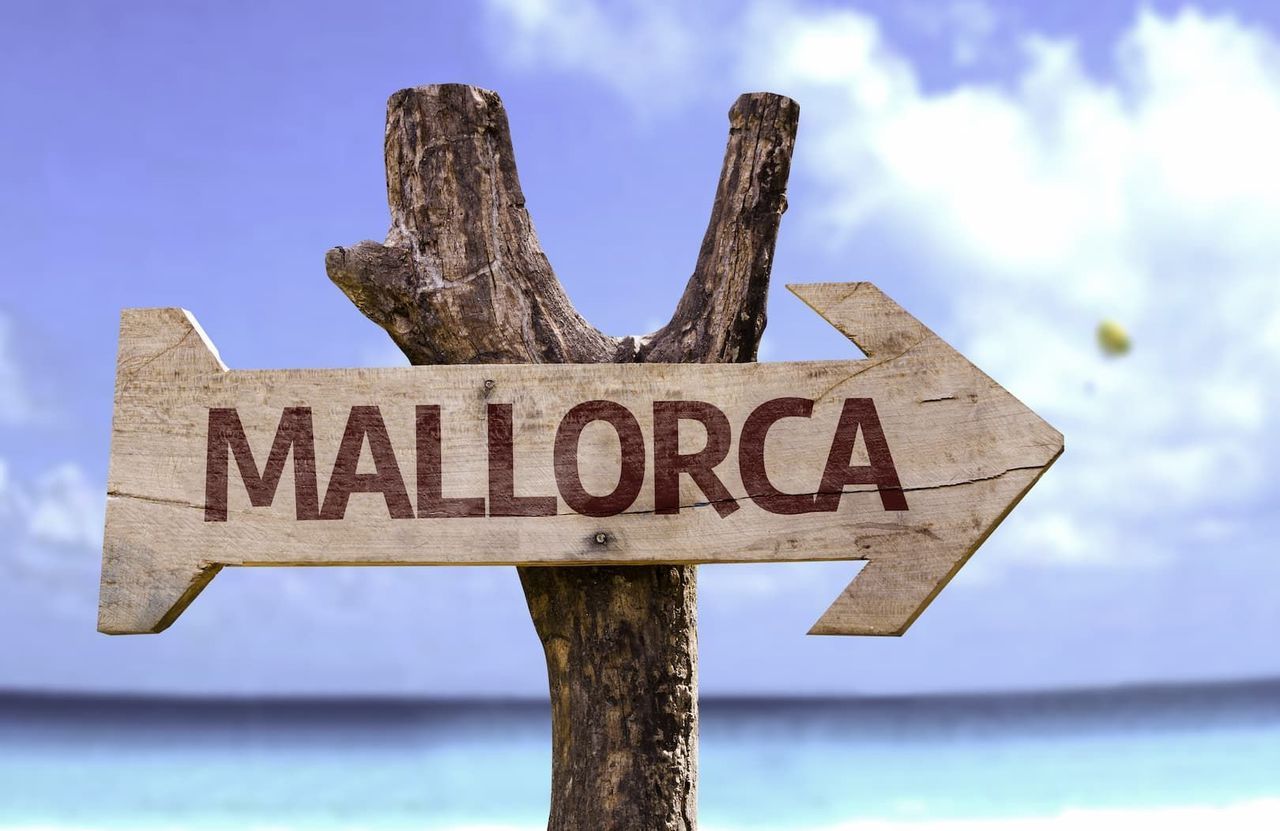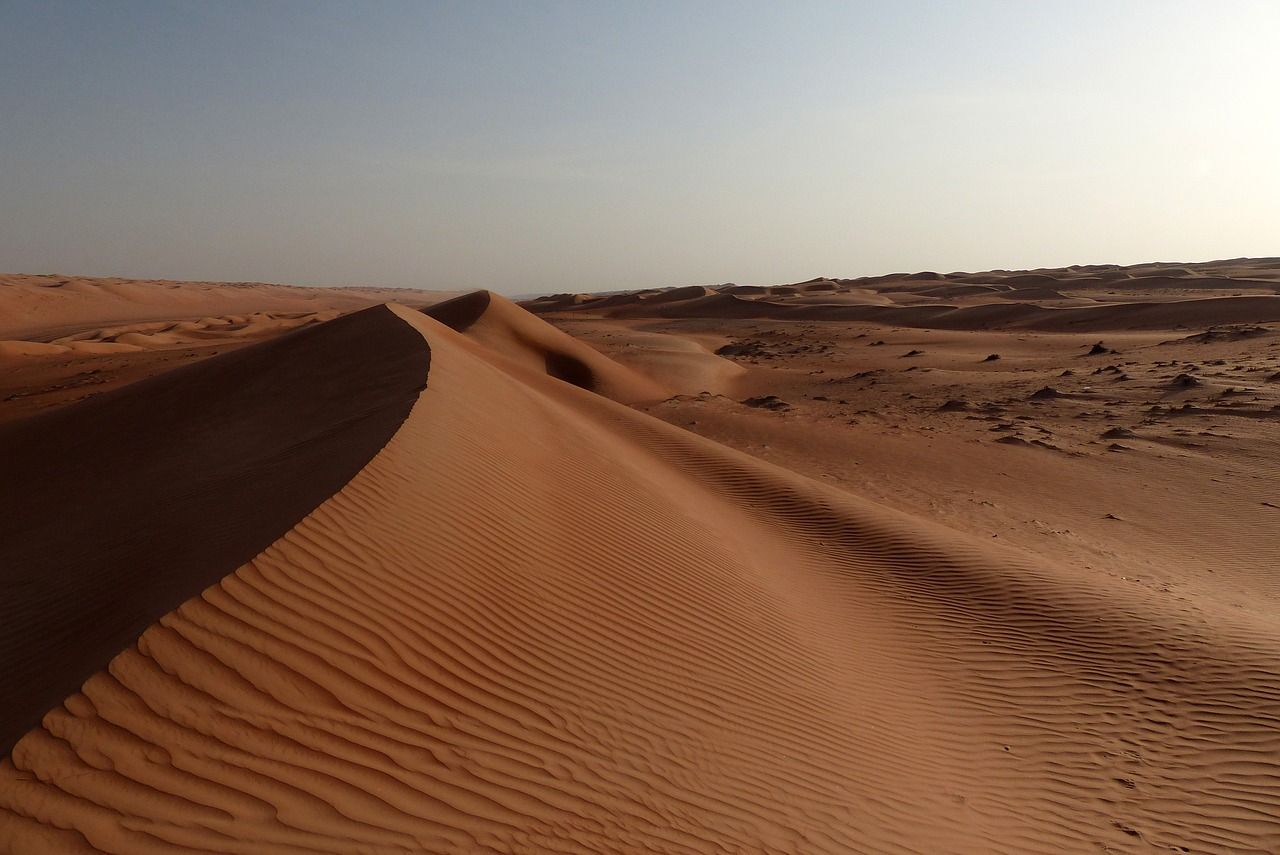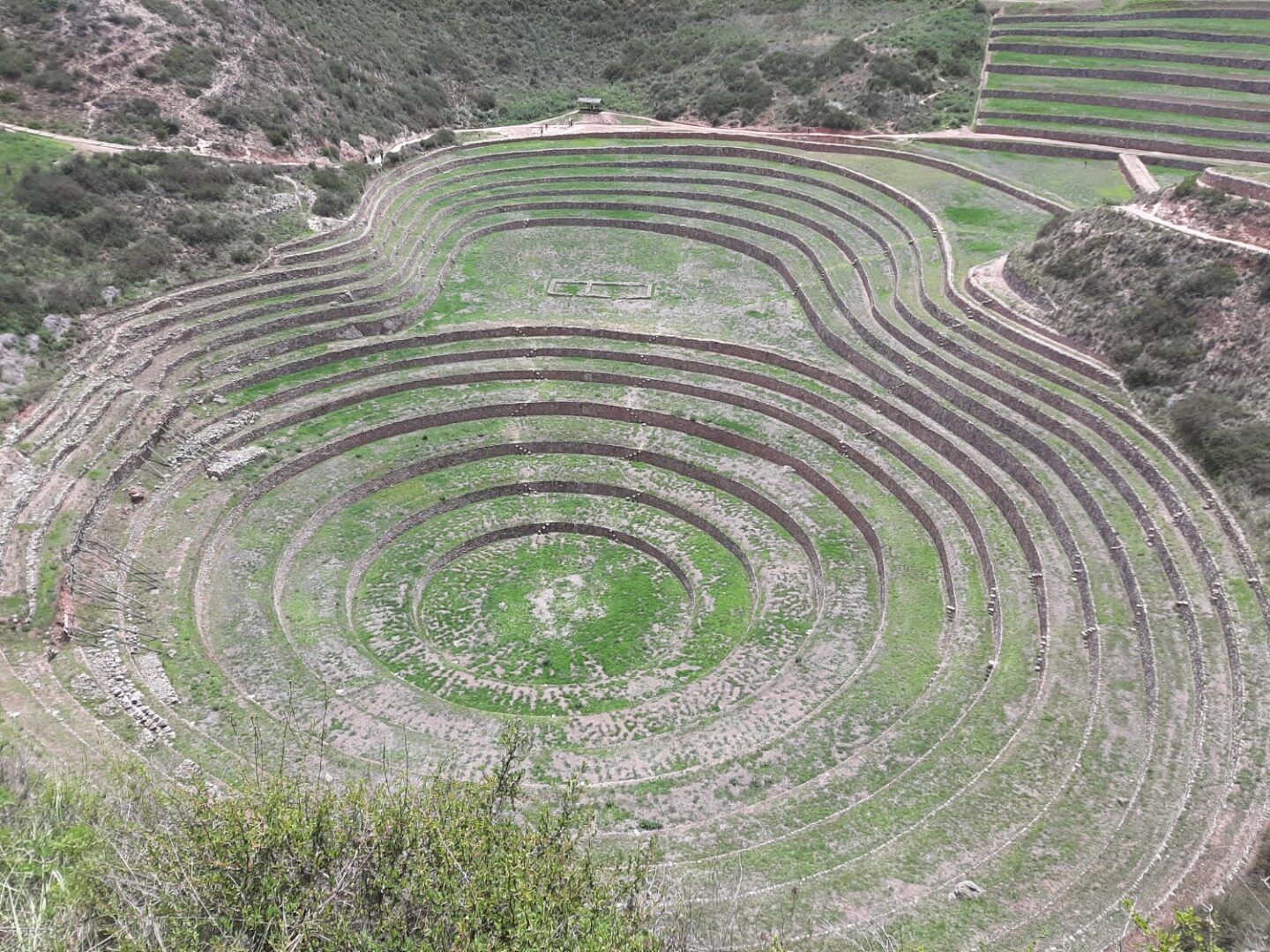

The Sacred Valley of Peru is the vibrant heart of the Inca Empire.
Nestled in the Andes, much of the valley is carved into fertile farmlands, dotted with small villages and surrounded by snow-capped peaks. Its views, gardens, terraces, and the Urubamba River take your breath away while revealing the Inca civilisation at its most creative. For the Incas, the Valley was a vital centre of food and agriculture, and the mountains, known as Apus, were revered as gods. They left a landscape that sustains both body and spirit with abundant food, colour, and culture.
This guide provides insight and inspiration to travellers looking to truly explore the Sacred Valley. While covering famous sites like the Ollantaytambo ruins, Maras, Moray, and the Pisac market, it also shares tips on how to get to Machu Picchu from the Valley, navigating crowds, and understanding local culture. Hop past Inca terraces, shop in vibrant markets, or photograph salt pans with water flowing through the terraces. Every perspective connects you more deeply to the people, the land, and the enduring Inca heritage.
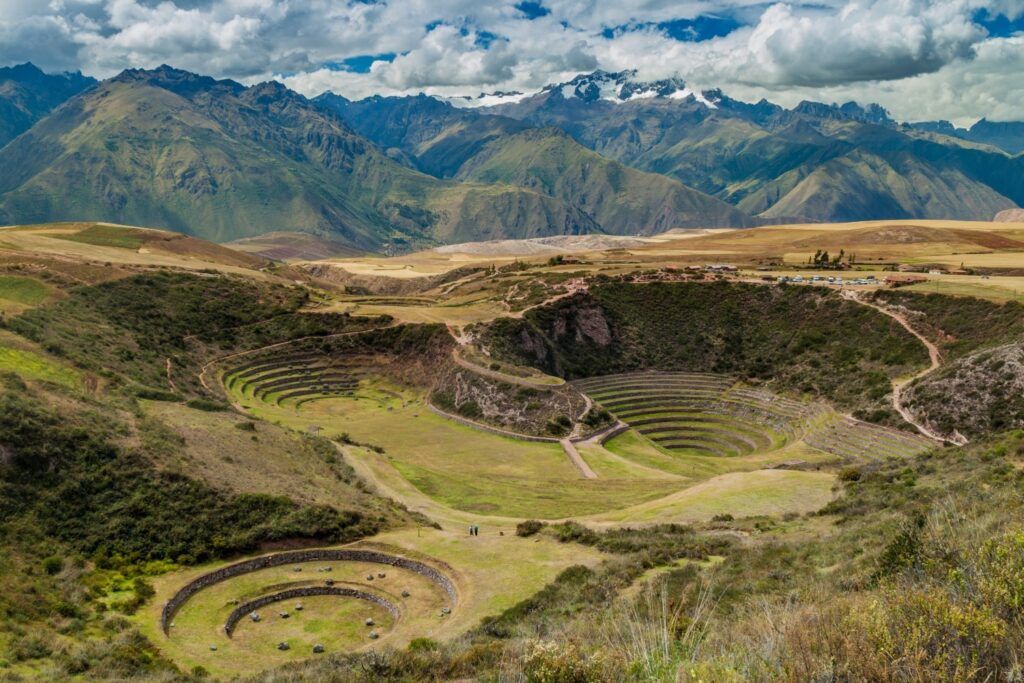
Why the Sacred Valley is the heart of the Inca Empire
The Sacred Valley of the Inca Empire is more than a scenic region of the Andes. It was the heart of Inca society, gifted with fertile land, strategic geography, and religious significance. As the link between Cusco, the Incas’ imperial capital, and Machu Picchu, it was the logistical and military hub of the empire.
Earth and its bountiful crops
Agriculture sustained the Sacred Valley. The valley’s alluvial soil enabled the Incas to grow crops necessary for survival, like maise, potatoes, and quinoa. The Incas created an integrated network of terraces, converting steep mountainsides into arable land to prevent soil erosion and construct microclimates suitable for growing different crops. They engineered complex irrigation canals, diverting water from glacial sources and the Urubamba River to fields. Crops grown in the Sacred Valley ensured a supply for Cusco and sustained the growing Inca population. This agriculture also had religious significance — humans were one with the soil.
Centerpoint between Cusco and Machu Picchu
The Sacred Valley is strategically positioned between the critical cities of Cusco and Machu Picchu. Its control was essential for the empire’s protection, logistics, and political stability. The Incas built roads to transport resources to and from the cities, ceremonial sites, military garrisons, and fortifications. They strategically located sanctuaries and fortifications to block enemies before they could reach Cusco. Inca ingenuity extended to the Valley’s garrisons, where soldiers, often skilled in farming, could both defend the territory and assist with food production.
River and religion
The Vilcanota River (Urubamba) was not merely a waterway but a sacred entity for the people of the Inca Empire. They believed that the river was a direct blood vessel of Pachamama (Earth Mother) and Inti (the Sun God). Offerings and ceremonies, performed as an act of devotion and gratitude, were a core component of this worship. Pilgrims and visitors today can witness nearby Andean communities continuing this tradition, offering their prayers all the way down to the farms. Exploring the area near the river allows travellers to experience the life-giving essence of this ancient valley.
Intangible cultural heritage
The enduring legacy of the Sacred Valley continues to be maintained in modern times by village elders and local communities. Most of the communities like Chinchero, Pisac, and Ollantaytambo still utilise terraces, temples, and ritual systems that date back to the Inca period. They continue to practice weaving, farming, and celebrate traditional fire dates as they have for centuries. Visiting the Valley is not only a visual journey through history but a chance to experience a modern culture deeply connected to its past.
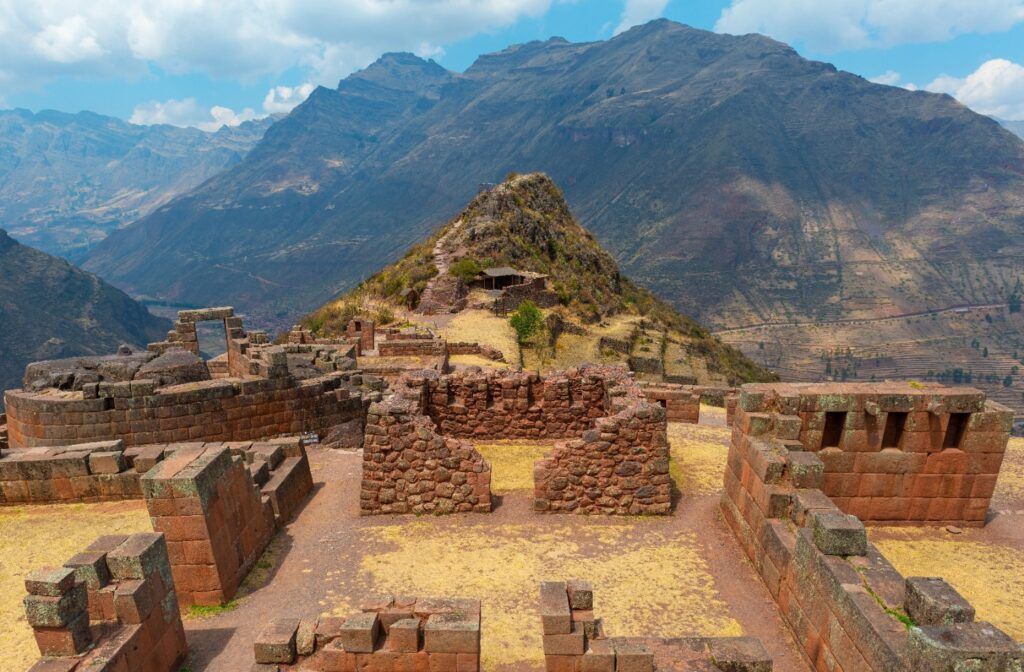
5 must-see ancient places: discovering Inca ingenuity
Pisac ruins and market: terraces, temples and textiles
The Pisac ruins, located above the contemporary town, feature an elaborate system of agricultural and ceremonial terracing. The complex includes residences, temples, tombs, and the Intihuatana (or Sun Dial), used for astronomy and agricultural functions. Hiking here is demanding but rewards you with gorgeous views of the entire surrounding valley. The Pisac Market offers local crafts, clothing, and ceramics. The Sunday marketplace attracts the most visitors, while other days are quieter. Look for food stands offering the traditional roasted cuy (guinea pig).
Ollantaytambo: the living Inca town and fortress
Ollantaytambo ranks as one of the best-preserved Inca sites in Peru. The town itself is still a ‘living Inca town,’ featuring cobbled Inca streets and houses built from large stones. Be sure to explore the engineering and strategic planning evident in the impressive fortress temple area. Visiting in the early morning or evening is recommended to avoid the crowds. This is also one of the main railway stations servicing PeruRail for trips to Machu Picchu. The Inca granaries high above the town showcase similar construction with a different, storage-focused purpose.
Chinchero: views, weaving and spanish settlement
Chinchero is a smaller village, often included as a stop on the route from Cusco. Known as a site near Cusco for the Sunday market, it is most famous for its incredible weaving demonstrations, where you can see the traditional process of dyeing and weaving alpaca wool. It is also an excellent place to purchase high-quality textiles like hats, gloves, and bayetas. Due to its high elevation, Chinchero provides a mind-blowing view of the Andes and helps travellers mentally acclimate to the altitude.
Moray: Inca terraces research labs
Moray features several incredible circular Inca terraces, suggesting that the site may have been thermally engineered. These large, circular depressions are surrounded by impressive curved stone terracing, creating an amphitheatre-like effect. Moray was designed so that temperatures do not change much, except as a function of circularity, with the centre being cooler than the edges. This Inca system of temperature control and summation provided stable microclimates, protecting the crops and allowing for agricultural research at different altitudes within the same area.
Maras salt mines (Salineras de Maras): unique salt pans
In the Maras Valley, thousands of terraces form stunning salt pans used since Inca times. Visitors can purchase the famous pink salt or quietly observe the process. Mid-day sunlight often highlights the terraced pools, making them perfect for photography. The Maras Salt Mines blend nature, architecture, and Inca history, offering a unique visual spectacle.
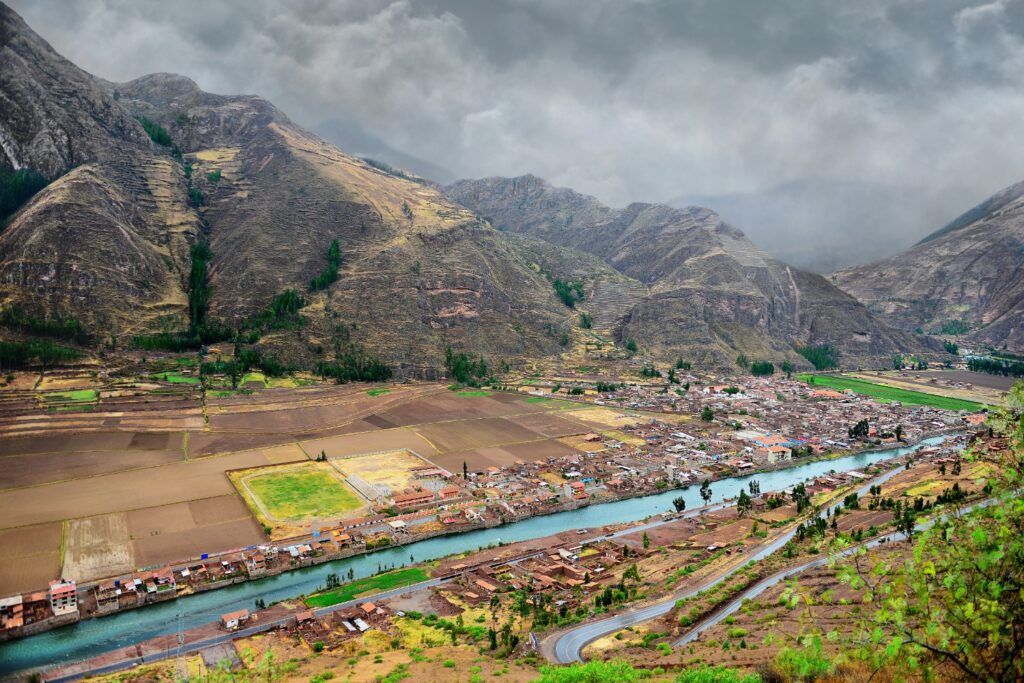
Beyond the ruins: other unmissable Sacred Valley experiences
There is more to the Sacred Valley than the big archaeological complexes. Visiting the areas that are not ruins reveals the culture, beauty, and daily life at the heart of the Andes. Rivers, markets, and a food culture tied to the land give a deeper understanding of the Valley.
The Urubamba river: lifeline of the Valley
The Urubamba River flows through the rich soil and farmlands of the Andes, providing essential irrigation for maize, potato, and quinoa cultivation that has sustained people for millennia. As the river weaves through the Valley, it carves the jaw-dropping landscapes, towering cliffs, and terraces we see today.
Travellers can enjoy guided rafting tours or peaceful hiking along well-maintained dirt paths. These trails offer vistas across the valley, showcasing farming terraces, traditional towns, and the overall splendour of the Sacred Valley.
The river is believed to hold special spiritual significance. For generations, locals have made offerings and conducted worship, recognising its importance to agriculture and daily life. Observing a farmer at work along the river demonstrates the deep connection between humans and nature. To further enhance your experience, try connecting with a local cholita or learning some Quechua phrases.
Local markets and cuisine: taste the heart of the Andes
While the Pisac Market is famous, there are other, less touristy local markets that offer a deeper glimpse into the Andean diet and life. Here, you can try local dishes like tamales, roasted corn (choclo), and thick quinoa soups. These markets are also excellent for finding handmade textiles, colourful garments, and authentic gifts. Look out for the bright handwoven fabrics, which historically served as markers of regional identity.
Practical guide: planning your Sacred Valley visit
Visiting the Sacred Valley is a highlight of any Peru itinerary. Here’s how to navigate it:
- Getting there: you can travel from Cusco via a tour, hiring a private taxi, or taking a colectivo (the cheapest option). Travel time is about one hour to Pisac and two hours to Ollantaytambo.
- Altitude acclimatisation: the Valley is high in altitude; altitude sickness (soroche) is the biggest issue. Acclimate in Cusco first, drink coca tea (mate de coca), and plenty of water, and avoid large meals or alcohol initially. Symptoms can include headaches, nausea, and fatigue. Go slow to fully enjoy the experience.
- The tourist ticket: access to most major highlights is via the Boleto Turístico (Cusco Tourist Ticket). The ticket grants access to all sites except Maras. It has a full or partial circuit with different valid dates. Plan your stops around this ticket to save money and time.
Note: The full ticket typically costs around 130-140 Soles (check current rate). - Best time to visit: the best time is during the dry months (April to October). The shoulder seasons will see fewer crowds, while the rain in the other months may impact the highlights.
- Insider tip: see the best time to go to Peru for seasonal planning and explore what to see for extended adventures.
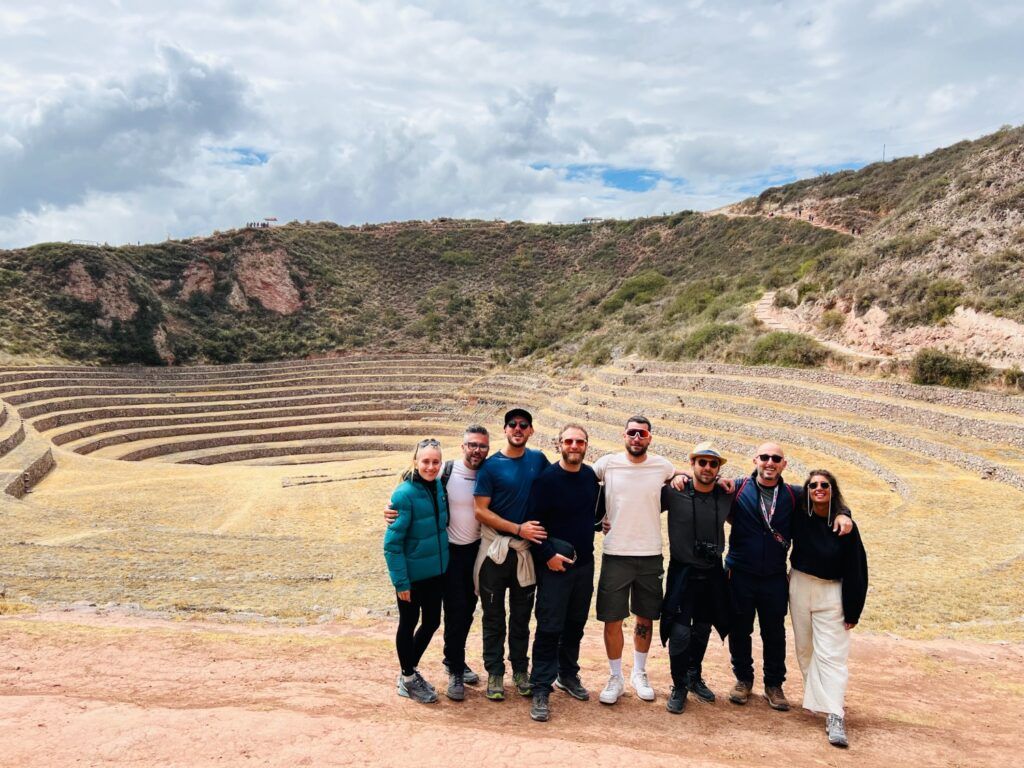
Your journey into the heart of the Incas has just begun
The Sacred Valley is the essential gateway to Machu Picchu and the starting point for exploration. The Inca Empire saw this region as a land of abundance, and the ruins dating back centuries reveal their incredible urban and agricultural planning.
Visiting Pisac, Ollantaytambo, Chinchero, or Moray is like stepping back in time. Terraces, vibrant markets, and unique agricultural strategies highlight the enduring ingenuity of the Incas. The Valley allows visitors to connect with Pachamama and experience ancient wisdom firsthand.
Want to experience the Sacred Valley fully? Book an organised group trip to Peru, visiting Machu Picchu, Rainbow Mountain and Lake Titicaca or explore all our group trips to Peru for an unforgettable adventure.

